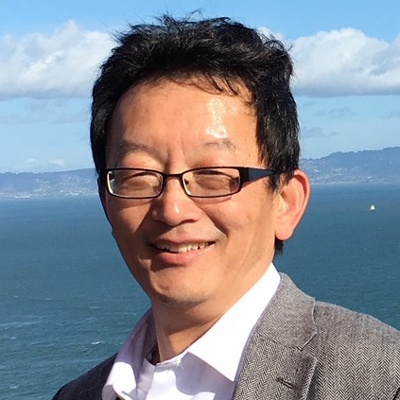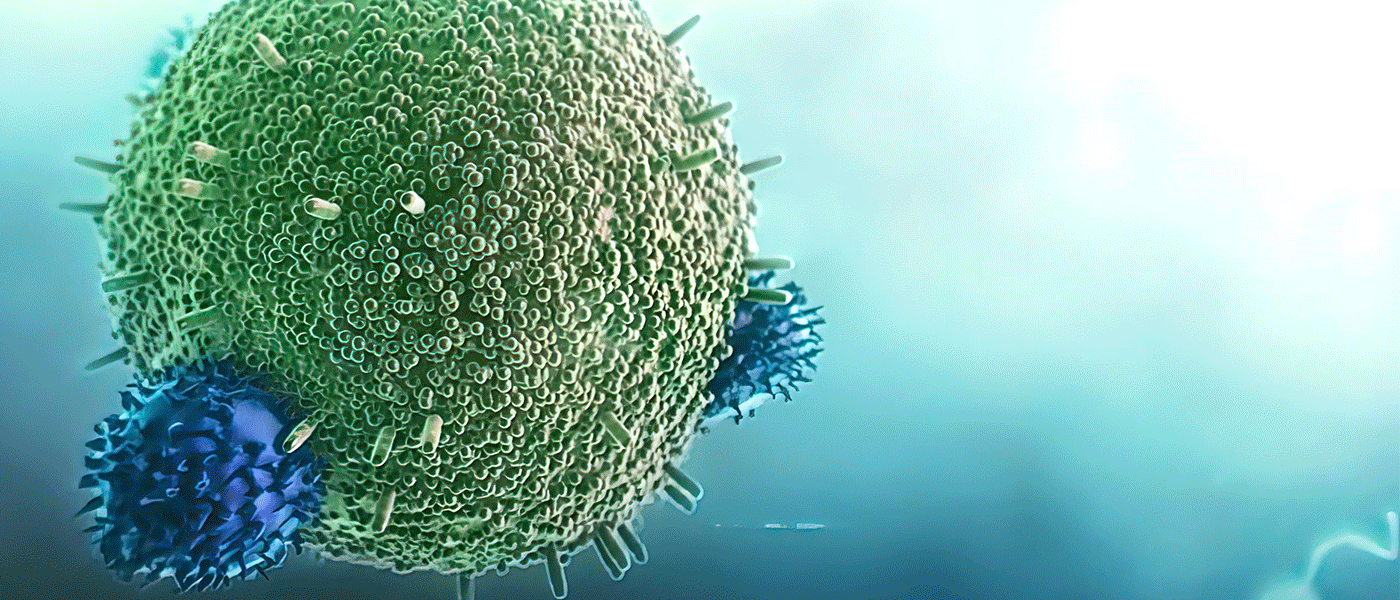Case Western Reserve University and MetroHealth cancer researchers have successfully unraveled a mystery surrounding a receptor protein that can either suppress cancer or foster its growth and spread. The findings, recently published in the journal Science, highlight how and why the EphA2 receptor assumes the dual roles of cancer hero and villain.
The team of researchers was led by Bingcheng Wang, the John A. and Josephine B. Wootton Endowed Chair of Research and professor at Case Western Reserve University School of Medicine, and member of the Case Comprehensive Cancer Center.
“Discoveries like this make it possible to treat cancer,” said Wang, who’s also the director of the MetroHealth Division of Cancer Biology and MetroHealth Research Institute Director of Basic Sciences. “As a cancer researcher, there is no greater accomplishment. Being asked to share this work with the scientific community through the prestigious journal Science is an honor. But the greatest reward is to know that we are making strides that will have a real impact on our own patients and others throughout world.”

Wang, a 25-year pioneer in EphA2 research, has made significant strides in the field, discovering the receptor’s ability to suppress malignant behaviors in 2000 and, in 2009, its role in promoting cancer when modified by tumor-related proteins. The modified EphA2 causes cancer cells to proliferate, maintain stem cell properties and metastasize to other parts of the body, he said.
Now, after years of investigation, the researchers have figured out how EphA2 plays these dual, opposing roles in cancer.
Using a cutting-edge spectroscopic platform (PIE-FCCS), allowing molecular analysis on live cells, they saw that EphA2 is automatically assembled into small clusters through two types of interactions among adjacent EphA2 molecules that “glue” them together. One interaction contributes to the hero role and the other triggers the villain side of the molecule.
Co-author Xiaojun (Roger) Shi, a CWRU postdoctoral scholar, combined molecular imaging expertise with experimental cancer biology skills to make the discovery possible. John Chae, the senior associate dean for medical affairs at the School of Medicine, discussed the implications.
“This is the sort of foundational research that life-saving therapies are built upon,” said Chae, also senior vice president and chief academic officer at MetroHealth. “We are fortunate to have internationally respected researchers like Dr. Wang and the incredible team he has assembled.”
A large multidisciplinary team contributed to the work: Dimitar B. Nikolov, of Memorial Sloan Kettering Cancer Center, and Adam W. Smith, of Texas Tech University, are co-corresponding authors. Khalid Sossey-Alaoui, of MetroHealth and CWRU; Matthias Buck, of CWRU; Ben Brown and Jens Meiler, of Vanderbilt University; and Dolores Hambardzumyan, of the Icahn School of Medicine at Mount Sinai, are co-authors.
For more information, contact Colin McEwen at colin.mcewen@case.edu.
This article was originally published Dec. 13, 2023.

